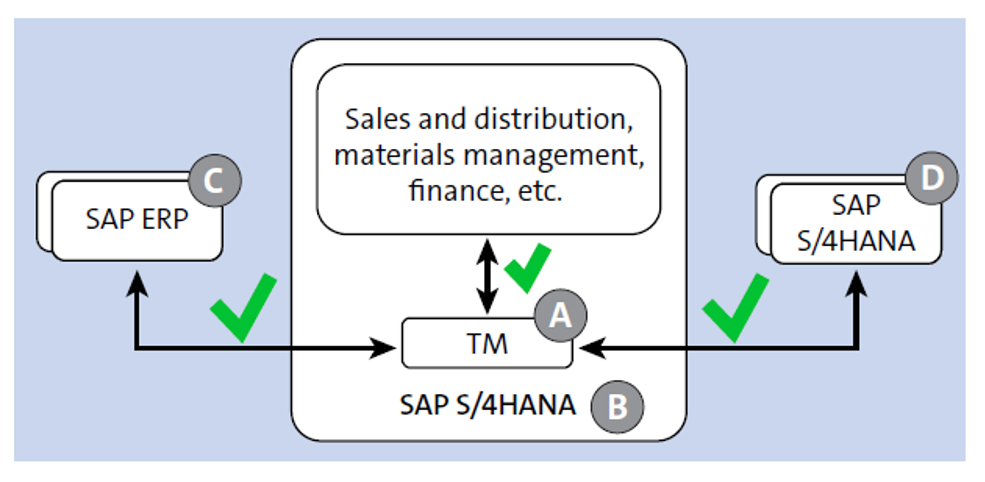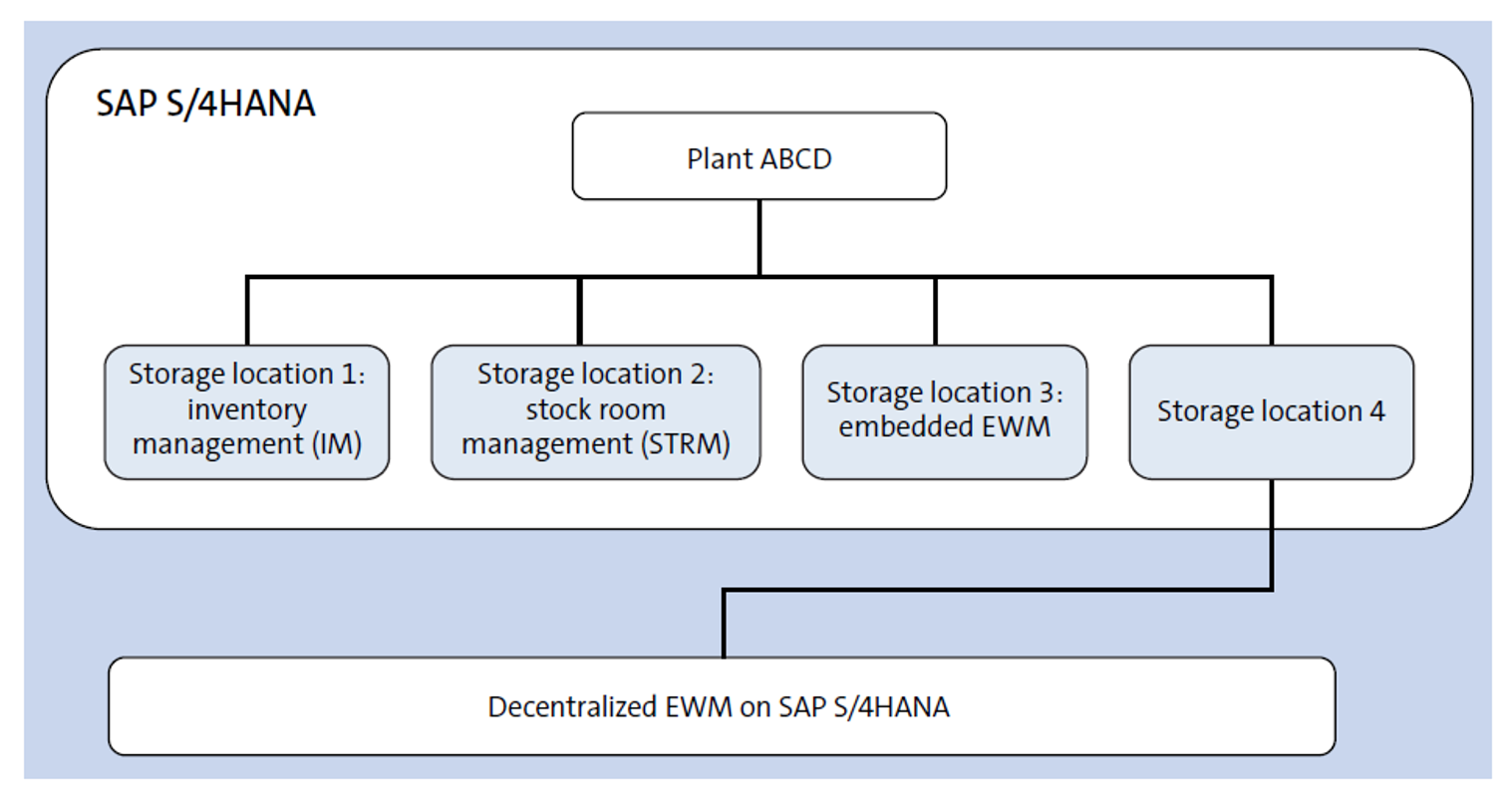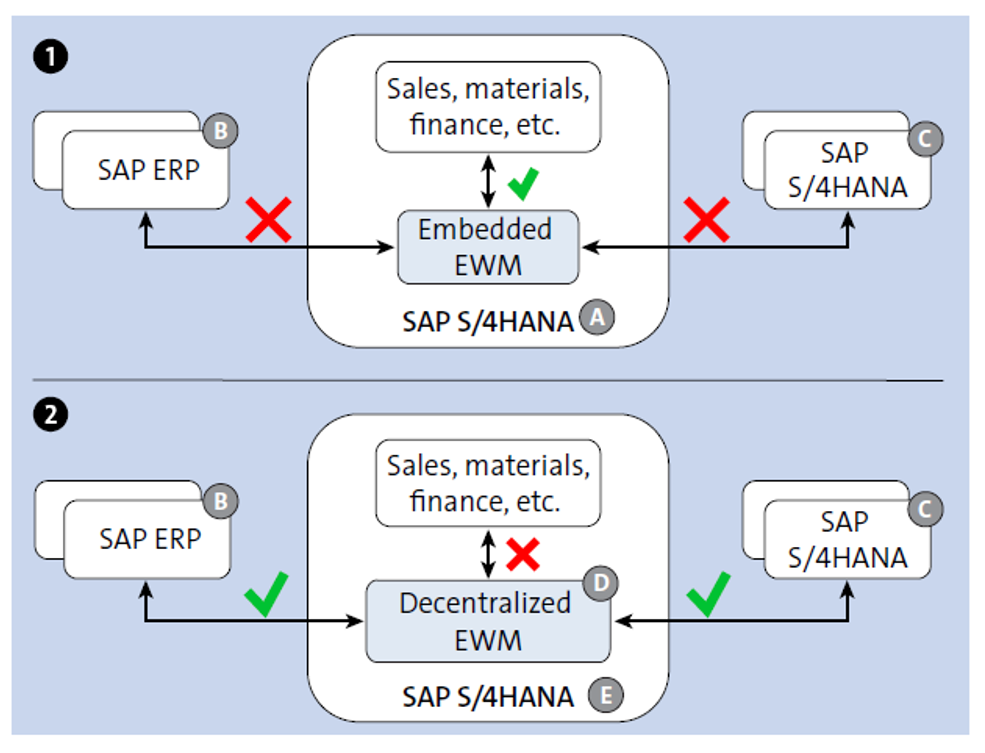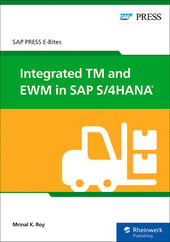The two key components of logistics execution in SAP S/4HANA are transportation management and warehouse management. Let’s look at each.
Transportation Management
A transportation management system (TMS) is software that manages the distribution of goods, both in and out of a company’s—or its customer’s—facilities. It supports the planning, execution, and monitoring of goods distribution, collaboration with carriers, and freight cost management to achieve lower transportation cost, higher utilization of assets, and delivery to the customer at the right time. The TMS deals with product data (e.g., weight and volume), locations (e.g., source and destination), business partners (customer, vendor, and carrier), and freight cost parameters. TMS is a key element of supply chain applications.
SAP Transportation Management (TM) is the default transportation management solution in SAP S/4HANA, which can be deployed in two ways:
- Embedded TM on SAP S/4HANA, meaning that TM is included as a component within the SAP S/4HANA instance
- Standalone (or “side-by-side”) TM on SAP S/4HANA, meaning that TM is deployed as a separate application
Embedded TM has some simplifications compared to standalone TM. For example, embedded TM can access the logistics data directly within SAP S/4HANA and doesn’t require any transfer (or duplication) of data from SAP ERP (or SAP S/4HANA) to TM, which would otherwise be required for standalone TM.
However, some organizations might choose to implement standalone TM on SAP S/4HANA, perhaps for the following reasons:
- An organization needs to maintain a dedicated TMS for multiple enterprise resource planning (ERP) instances (SAP ERP, SAP S/4HANA, or from a third party).
- An organization has strategic reasons to implement a TMS before it migrates other ERP operations from SAP ERP to SAP S/4HANA.
- An existing standalone TM system already connects with multiple SAP ERP instances, and not all SAP ERP instances have migrated from SAP ERP to SAP S/4HANA.
- A different release cycle/upgrade is required for TM compared to SAP ERP or SAP S/4HANA. (Embedded TM must be upgraded at the same time as SAP S/4HANA because it’s a component within the SAP S/4HANA instance.)
Note that the same TM system (A) within SAP S/4HANA can be used as the embedded TM on SAP S/4HANA instance (B) and also as a standalone TM system for SAP ERP instances (C) and SAP S/4HANA instances (D), as shown in this figure.

Note: Refer to SAP Note 2714892 for more details on deployment options and simplifications in embedded TM compared to standalone TM.
Warehouse Management
A warehouse management system (WMS) is software that manages movement (incoming, internal, and outgoing) and counting of stocks (or inventory) in the warehouse. A WMS also supports the planning and monitoring of resources (e.g., workers, forklifts, etc.) and helps to ensure an optimum level of inventory, increase accuracy and transparency of stock, and improve warehouse efficiency (in terms of more utilization of space, more picks, etc.). It deals with warehouse structure data (storage bins, etc.), products (weight, volume, and batches), and business partners (customers and vendors), and it informs the location of the product at the storage bin level. A WMS is a key element of supply chain applications.
SAP S/4HANA provides multiple deployment options for warehouse management to meet the varied operations, size, and complexity of the specific warehouse. SAP Extended Warehouse Management (EWM) is the default warehouse management solution in SAP S/4HANA. It can be deployed in two ways:
- Embedded EWM on SAP S/4HANA, meaning that SAP EWM is included as a component within the SAP S/4HANA instance
- Decentralized EWM on SAP S/4HANA, meaning that SAP EWM is deployed as a separate application
Note: Two other warehousing options, inventory management (IM) and stock room management (STRM), are typically considered less advanced compared to SAP EWM. IM is typically used for small storage spaces when no true warehousing management must happen. (IM does not provide visibility into products at the level of the storage bin.) STRM is similar to the traditional Warehouse Management (LE-WM) functionality in SAP ERP, and it’s used when warehouse operations are less complex.
Note that a plant can have different kinds of warehouses corresponding to the respective storage locations, as shown in the next figure. In this example, storage locations 1, 2, and 3 use warehousing functionality within SAP S/4HANA, but storage location 4 uses decentralized EWM, outside the core SAP S/4HANA system.

Note that decentralized EWM on SAP S/4HANA can be used only in decentralized mode. In other words, in contrast to standalone TM, shown earlier, decentralized EWM can’t be used as both embedded and decentralized simultaneously, as shown in the final figure.
The top part of the figure shows that embedded EWM can only be used with SAP S/4HANA instance (A). However, as shown in the bottom part of the next figure, decentralized EWM (D) can be used for SAP ERP instances (B) and SAP S/4HANA instances (C) but not for SAP S/4HANA instance (E).

Note: Refer to SAP Note 1606493 for more details on SAP EWM deployment options.
Learn more about the logistics capabilities in SAP S/4HANA here.
Learn SAP TM in Our Rheinwerk Course!
Your TM training is here! Master the flow of transportation data with SAP S/4HANA. Dive into order management, planning and execution, and transportation charges and settlement. Then explore TM integration with embedded EWM, SAP GTS, and other logistics solutions to get the most out of your supply chain landscape! Get access to course recordings by clicking the banner below.
Editor’s note: This post has been adapted from a section of the e-book Integrated TM and EWM in SAP S/4HANA by Mrinal K. Roy. Mrinal is an SAP S/4HANA and supply chain architect with more than 20 years of SAP experience. He has worked in the design, development, and implementation of SAP ERP, SAP S/4HANA, SAP APO, SAP EWM, SAP TM, SAP Yard Logistics, SAP S/4HANA for advanced ATP, and SAP Business Network projects in several countries. Mrinal holds ten SAP certifications and has strong business process knowledge and hands-on configuration skills.
This post was originally published 1/2022.




Comments